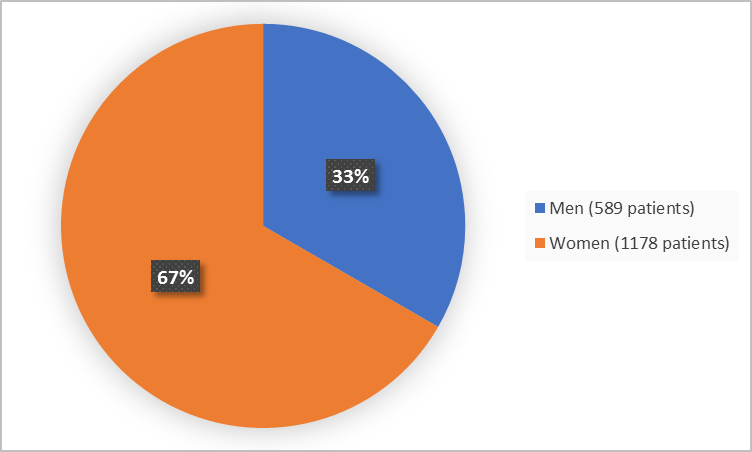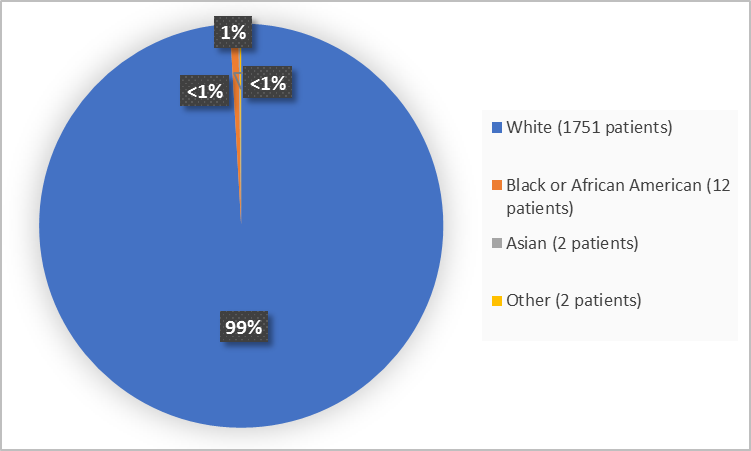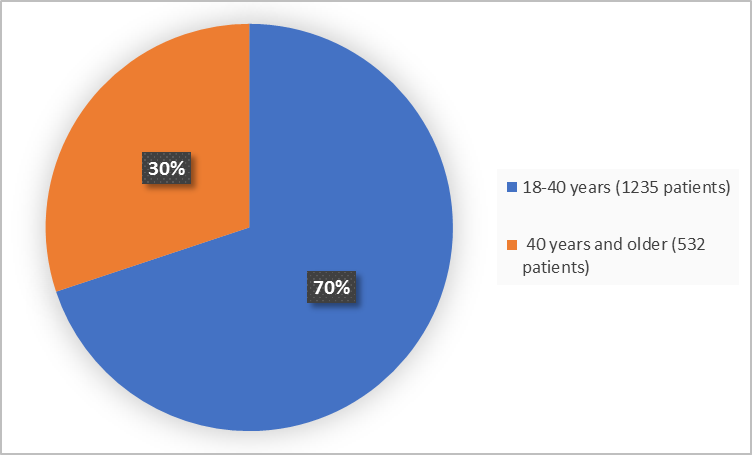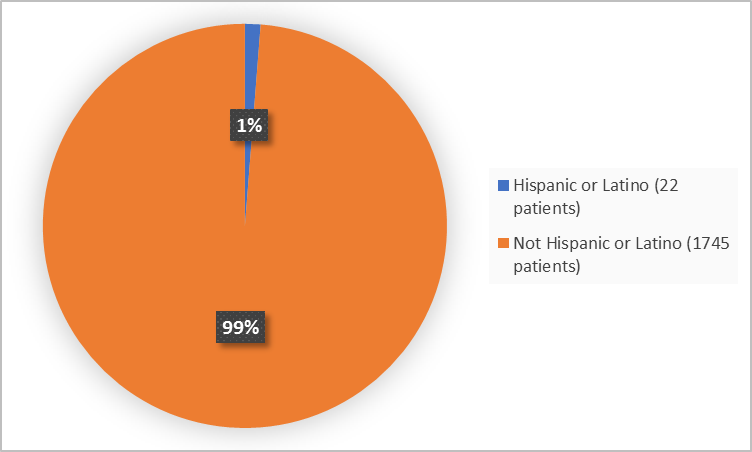A new DRUG TRIALS SNAPSHOT is now available.

ZEPOSIA is a drug used for the treatment of adults with relapsing forms of multiple sclerosis (RMS) including:
- clinically isolated syndrome,
- relapsing-remitting disease, and
- active secondary progressive disease.
In RMS, patients have episodes of worsening function (relapses) followed by recovery periods. Patients can also experience an increase in the underlying disability, particularly as the disease progresses.
ZEPOSIA is a capsule taken by mouth once daily. ZEPOSIA is initially started at a low dose and then slowly increased over the first week.
See more Drug Trials Snapshots or contact us with questions at Snapshots@fda.hhs.gov.
Drug Trials Snapshots: ZEPOSIA
ZEPOSIA (ozanimod)
zeh-poe’-see-ah
Celgene Corporation
Approval date: March 25, 2020
zeh-poe’-see-ah
Celgene Corporation
Approval date: March 25, 2020
DRUG TRIALS SNAPSHOT SUMMARY:
What is the drug for?
ZEPOSIA is a drug used for the treatment of adults with relapsing forms of multiple sclerosis (RMS) including:
- clinically isolated syndrome,
- relapsing-remitting disease, and
- active secondary progressive disease.
In RMS, patients have episodes of worsening function (relapses) followed by recovery periods. Patients can also experience an increase in the underlying disability, particularly as the disease progresses.
How is this drug used?
ZEPOSIA is a capsule taken by mouth once daily. ZEPOSIA is initially started at a low dose and then slowly increased over the first week.
What are the benefits of this drug?
ZEPOSIA was better in reducing the risk of disease relapse in comparison to interferon β1a, a product approved for the treatment of relapsing forms of MS.
Were there any differences in how well the drug worked in clinical trials among sex, race and age?
- Sex: ZEPOSIA worked similarly in men and women.
- Race: The majority of patients were White. The number of patients in other races was limited; therefore, differences in how well ZEPOSIA worked among races could not be determined.
- Age: ZEPOSIA worked similarly in patients younger and older than 40 years of age.
What are the possible side effects?
ZEPOSIA may cause serious side effects including life threatening infections, decreased heart rate, liver injury, increased blood pressure, decreased lung function, and build-up of fluid in the back of the eye (macular edema).
The most common side effects of ZEPOSIA are upper respiratory infections, increased liver enzymes, blood pressure drop upon standing, urinary tract infection, back pain and high blood pressure.
Were there any differences in side effects among sex, race and age?
- Sex: The occurrence of side effects was similar in men and women.
- Race: The majority of patients were White. The number of patients in other races was limited; therefore, differences in the occurrence of side effects among races could not be determined.
- Age: The occurrence of side effects was similar in patients younger and older than 40 years of age.
WHO WAS IN THE CLINICAL TRIALS?
Who participated in the trials?
The FDA approved ZEPOSIA based on evidence from two clinical trials (Trial 1/NCT 02294058 and Trial 2/ NCT02047734) of 1767 patients with RMS. The trials were conducted at 173 centers in the United States, Belarus, Poland, Russia and Ukraine.
Figure 1 summarizes how many men and women were in the clinical trials.
Figure 1. Demographics by Sex (safety population)
FDA Review
Figure 2 summarizes the percentage of patients by race in the clinical trials.
Figure 2. Demographics by Race (safety population)
FDA Review
Figure 3 summarizes the percentage of patients by age group in the clinical trials.
Figure 3. Demographics by Age (safety population)
FDA Review
Figure 4 summarizes the percentage of patients by ethnicity in the clinical trials.
Figure 4. Demographics by Ethnicity (safety population)
FDA Review
How were the trials designed?
The benefits and side effects of ZEPOSIA were evaluated in two clinical trials of patients with relapsing forms of MS. Patients received ZEPOSIA or comparator (interferon β1a, a product approved for the treatment of relapsing forms of MS) for up to one year (in Trial 1) or up to 2 years (in Trial 2). Neither the patients nor the health care providers knew which treatment was being given until the trials were completed.
The benefit of ZEPOSIA was evaluated based on the percentage of patients who experienced reduction in disease relapse in comparison to patients treated with interferon β1a.
GLOSSARY
CLINICAL TRIAL: Voluntary research studies conducted in people and designed to answer specific questions about the safety or effectiveness of drugs, vaccines, other therapies, or new ways of using existing treatments.
COMPARATOR: A previously available treatment or placebo used in clinical trials that is compared to the actual drug being tested.
EFFICACY: How well the drug achieves the desired response when it is taken as described in a controlled clinical setting, such as during a clinical trial.
PLACEBO: An inactive substance or “sugar pill” that looks the same as, and is given the same way as, an active drug or treatment being tested. The effects of the active drug or treatment are compared to the effects of the placebo.
SUBGROUP: A subset of the population studied in a clinical trial. Demographic subsets include sex, race, and age groups.
COMPARATOR: A previously available treatment or placebo used in clinical trials that is compared to the actual drug being tested.
EFFICACY: How well the drug achieves the desired response when it is taken as described in a controlled clinical setting, such as during a clinical trial.
PLACEBO: An inactive substance or “sugar pill” that looks the same as, and is given the same way as, an active drug or treatment being tested. The effects of the active drug or treatment are compared to the effects of the placebo.
SUBGROUP: A subset of the population studied in a clinical trial. Demographic subsets include sex, race, and age groups.


























.png)











No hay comentarios:
Publicar un comentario